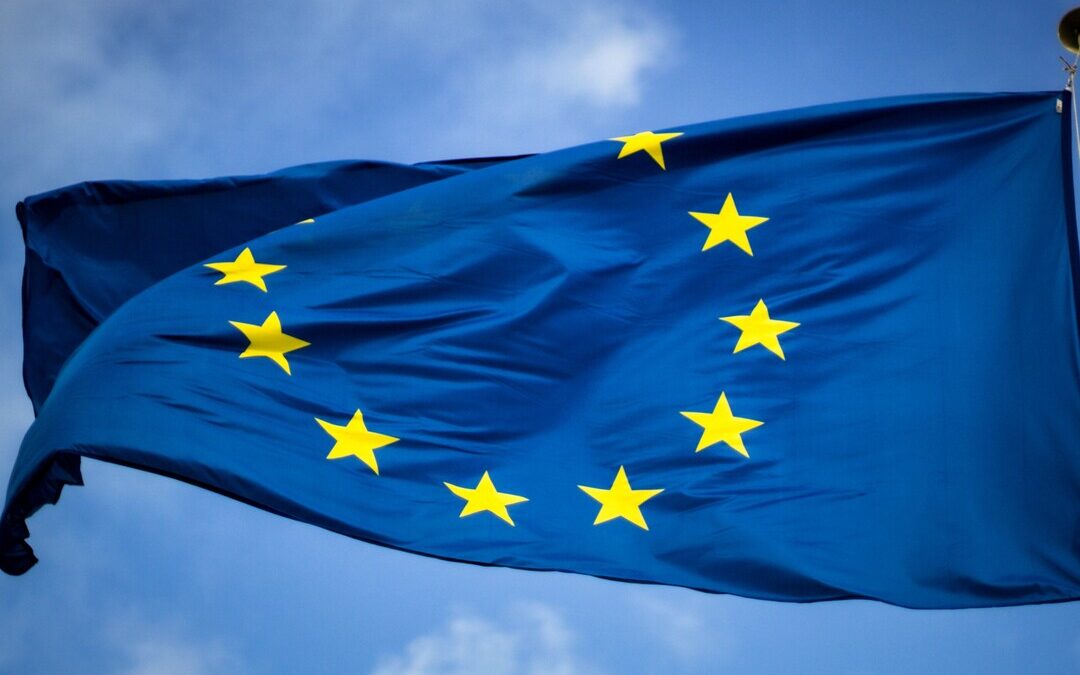EU Plans Circular Economy Act to Cut Waste, Boost Economic Resilience
EU targets waste reduction and resource independence with sweeping circular economy reforms by 2026.
The European Commission unveiled plans for a new Circular Economy Act on Friday aimed at reducing the bloc’s dependence on imported raw materials, increasing recycling rates and bolstering the EU’s economic and environmental resilience.
Set for adoption by the end of 2026, the proposed legislation is expected to reinforce the single market for waste and secondary raw materials, address regulatory fragmentation and support the EU’s green and digital transition goals, the Commission said in a roadmap published this week.
“Going circular is not just an environmental imperative — it’s an economic one,” the Commission stated, adding that the new rules would help “get the economics right” for recycled materials.
Tackling Stagnation in Recycling
Despite several EU initiatives to promote circularity, the bloc’s circular material use rate has barely increased over the past 15 years, rising from 10.7 percent in 2010 to just 11.8 percent in 2023.
The new law will target systemic barriers — including high prices, low quality of recycled materials, and legal inconsistencies across member states — that have hindered broader adoption of circular business models.
E-waste, one of the fastest-growing waste streams in the EU at 2 percent annually, will be a key focus. Less than 40 percent of electronic waste is currently recycled.
Market Incentives, Unified Rules
The Act proposes to overhaul “end-of-waste” criteria, expand extended producer responsibility schemes, and introduce binding circularity standards in public procurement to stimulate demand for sustainable products and materials.
It will also aim to lower administrative burdens for businesses, particularly small- and medium-sized enterprises, by simplifying and digitalizing regulatory procedures.
The Commission said that Member States acting alone cannot solve the problem, citing uneven implementation of EU laws and growing export volumes of valuable waste as reasons for urgent bloc-wide action.
Strategic Shift Amid Global Supply Tensions
The initiative aligns with broader EU strategies such as the Clean Industrial Deal and the Competitiveness Compass, which seek to reduce reliance on external suppliers and increase the bloc’s industrial autonomy.
Circular practices could help EU manufacturers cut material costs, which often exceed spending on energy and labor, while also supporting the EU’s goal of climate neutrality by 2050.
Up to 25 percent of necessary emissions reductions may come from circular economy policies, the Commission estimates.
Public Input and Next Steps
The Commission launched an eight-week consultation period for stakeholders, including governments, businesses, NGOs and the public. An impact assessment will follow, supported by external studies, to weigh the costs and benefits of various policy options.
The proposed CEA is expected to contribute to the United Nations Sustainable Development Goals, particularly those related to economic growth, sustainable industry, responsible consumption and climate action.
Also Read:
EU Proposes 90% Emissions Cut by 2040 in Climate Law Overhaul
Nirmal Menon
Related posts

Subscribe
Error: Contact form not found.


